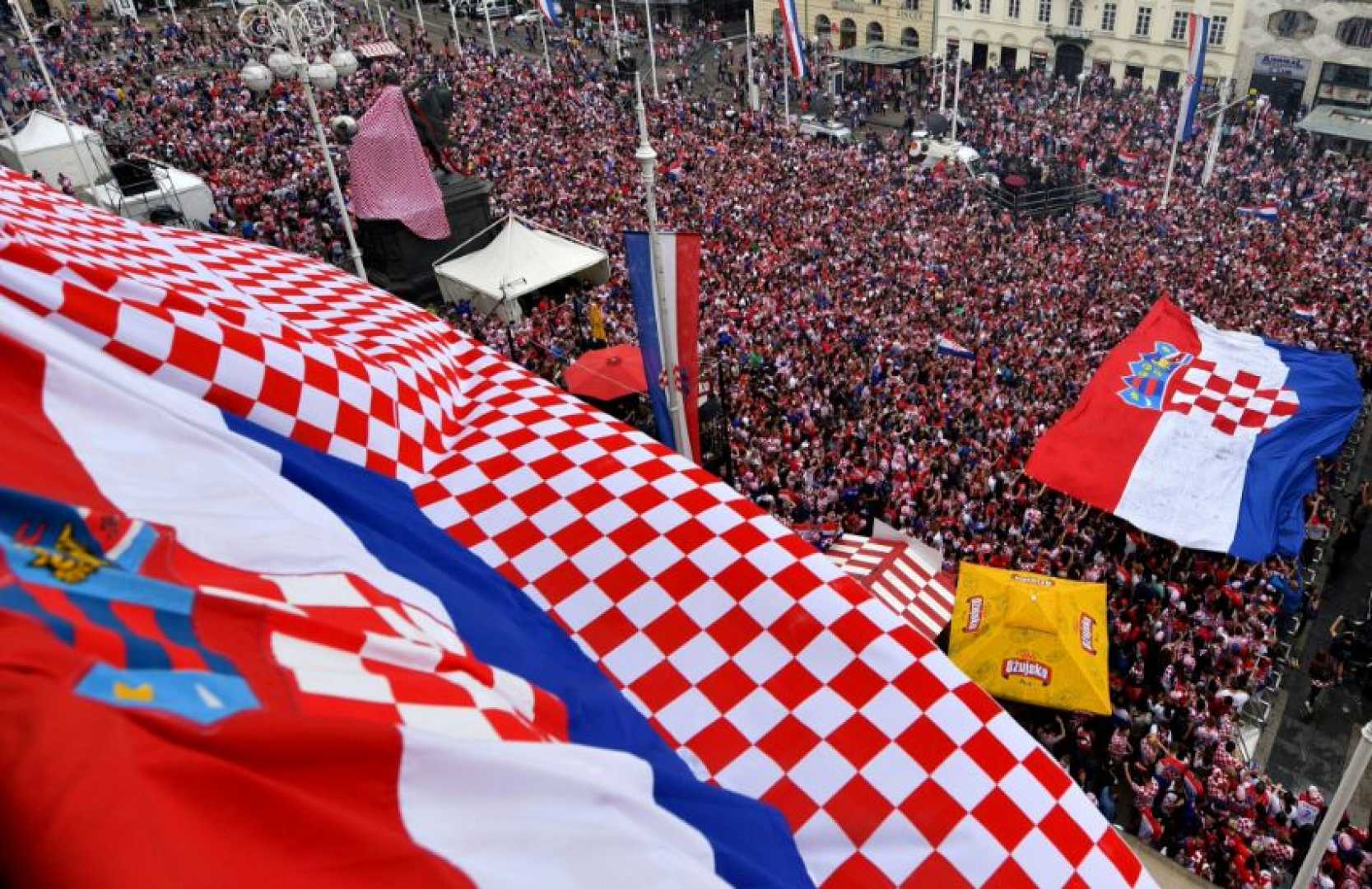Politics
Croatian Nationalism’s Historical Roots Spark Controversy in Serbia and Montenegro

Podgorica, Montenegro — On April 11, 2025, the complex history of Croatian nationalism is under scrutiny as scholars and political figures highlight its impact on national identities in Serbia and Montenegro. Despite extensive academic analyses, public understanding of Croatian nationalism’s evolution—from its pre-modern origins to contemporary political implications—remains limited among Serbians.
The struggle for identity in Montenegro is particularly fraught, with divisions between Serbian nationalists and Montenegrin nationalists exacerbated by the influence of Croatian identity politics. Mijajlo Backović, a Serbian Orthodox priest in Tivat, voiced frustration over perceived Croatian encroachment, asserting, “until the Second World War, Roman Catholics in the Bay of Kotor always identified themselves as Bokeši, or Serbs.” His remarks highlight the ongoing debates surrounding national identity and historical allegiances in the region.
The backdrop of these discussions includes historical records leading back to the late 17th century when Count Pyotr Andreyevich Tolstoy noted the presence of Croats in the coastal town of Perast, suggesting a more intricate cultural exchange than nationalist narratives suggest. Scholars caution against oversimplifying identities, proposing that historical attachments often blend regional pride with broader national affiliations.
The dialogue extends to interpretations of Montenegro’s medieval past, notably the concept of “Dukljanstvo,” a narrative popularized by Croatian nationalists that seeks to redefine Montenegrin identity by linking it to ancient Croatian heritage. Critics argue that this perspective simplifies a rich and tangled history shaped by many influences, both cultural and political.
Historian Tibor Živković highlights how the “Chronicle of the Priest of Duklja” has been used by Croatian nationalists to assert claims over ancient lands that are debated today. However, he emphasizes the fictionalized nature of such narratives, calling into question their legitimacy and historical accuracy.
Through this lens, contemporary issues of nationalism continue to evolve. Ante Starčević’s 19th-century ideologies, which shaped Croatian nationalism, also provide a backdrop for understanding current nationalist rhetoric, extending their influence into modern political discourse and identity formation.
As nationalist sentiments rise, particularly demonstrated by figures like Marko Perković Thompson, scholars are urging a more mature engagement with national identity issues. They emphasize that nations are not static entities but dynamic constructs shaped by ongoing dialogue, adaptation, and mutual respect. “We must address these discussions with historical context,” noted Bačanović, editor at Žurnal, emphasizing the need for thoughtful reflection amid rising tensions.
In light of these complexities, the future of Serbian and Montenegrin identities hinges on a deeper understanding of their intertwined histories with Croatian nationalism, highlighting the urgent need to confront inflammatory rhetoric and outdated ideologies.












